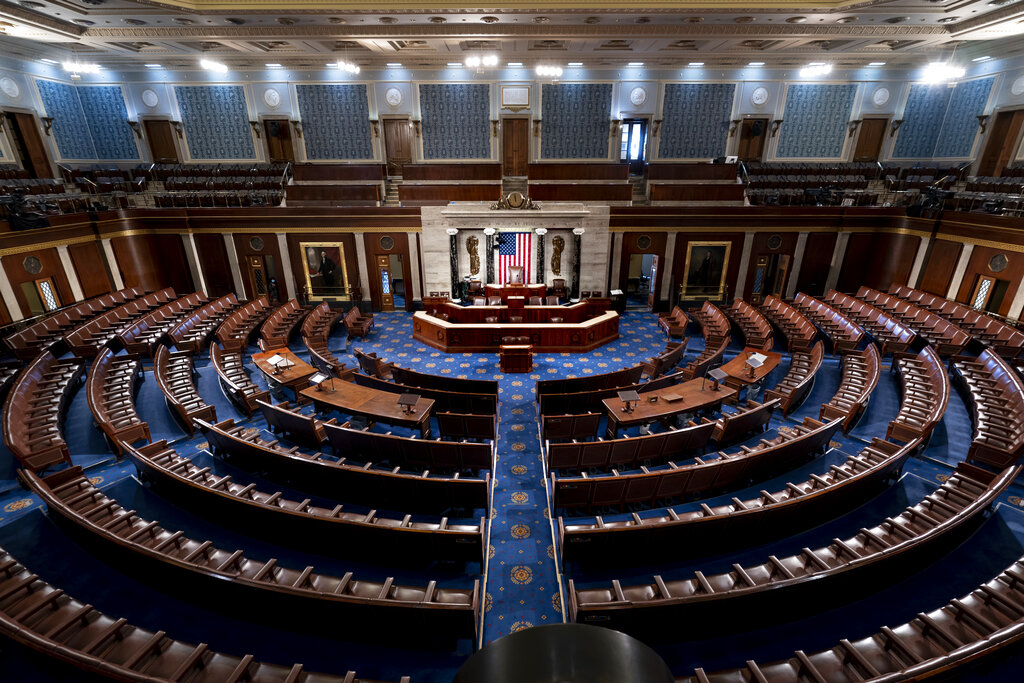U.S. farmers and ranchers fear what is ahead with tariffs
What happens when America’s bread basket overflows without exports? U.S. Farmers are starting to fear that President Donald Trump’s tariffs are going to cost them.
The tariff wars are not only causing instability in the global financial markets, it is trickling down to American farmers, with crop prices, much like the stock market, dropping after Trump announced his sweeping tariffs.
During his Liberation Day remarks, Trump announced a 34% tariff on China, which China retaliated with a 34% of its own. In response to China’s retaliation, Trump said he would impose another 50 percent tariff on that country’s exports, raising the total tariff on China at 104%. By the end of the week, the U.S. tariffs on China had risen to 145% even as President Trump announced a 90-day pause on the reciprocal tariffs he had imposed on other countries the week before.
With more than 20% of U.S. agricultural production exported to foreign markets, including China, farmers across the United States worry that the tariff war will affect their bottom lines.
According to the American Farm Bureau Federation market intel report, in 2024, the U.S. exported $176 billion in agricultural products to a total of 189 countries and territories. However, 75% of our total exports went to only 10 markets and nearly half (47%) of our agricultural exports went to only three countries: Mexico, Canada and China.
The U.S. exports soybeans, corn, sorghum, pork, and beef to China and one of the biggest long-term concerns is that American farmers and ranchers will lose market share as China turns to Brazil and other countries to buy these agricultural products.
Michael Deliberto, Agricultural Economist with the LSU AgCenter told Audacy’s Joe Cardosi “The agricultural export markets are vital to the financial success of the US farmer and that’s across all crops: from beef cattle to specialty crops. It impacts Louisiana, the Mid-South region, California, you name it.”
Deliberto goes on to say that roughly half of all U.S. agricultural exports go to markets with whom we have free trade agreements and “About 75% of our total exports last year went to ten markets. Half of that went to only three countries: Canada, Mexico, and China.”
Tim Dufault, whose farm is in northwest Minnesota and who is active with Farmers for Free Trade is worried that the new tariffs might put many farmers out of business including young farmers he rented his land to saying “I just hope to God they can stay in business.”
During Trump’s first administration farmers in the U.S. received government aid. According to the Associated Press (AP), farmers received more than $22 billion in aid payments in 2019 and nearly $46 billion in 2020, though that year also included aid related to the COVID pandemic.
The U.S. Treasury Department shared that the U.S. budget deficit for the first five months of fiscal 2025 hit a record $1.147 trillion, ,including a $307 billion February deficit for Trump’s first full month in office. That number was up 4% from a year earlier. So another bailout for farmers likely isn’t in the budget.
Since it remains unclear how long these tariffs will be in place, it is hard to predict the long term impact on our agricultural sector.
If the tariffs are here to stay, American farmers may end up holding the bag, a bag full of agricultural products meant for someone else.
Related
Lynn Schmidt
Lynn Schmidt holds a bachelor of science in nursing from the University of North Carolina at Greensboro and a masters of science majoring in political science from the University of Nebraska-Omaha. She is a freelance columnist and editorial board member with the St. Louis Post-Dispatch and a monthly contributor to The Fulcrum. Lynn lives in St. Charles, Missouri with her husband and two daughters.




